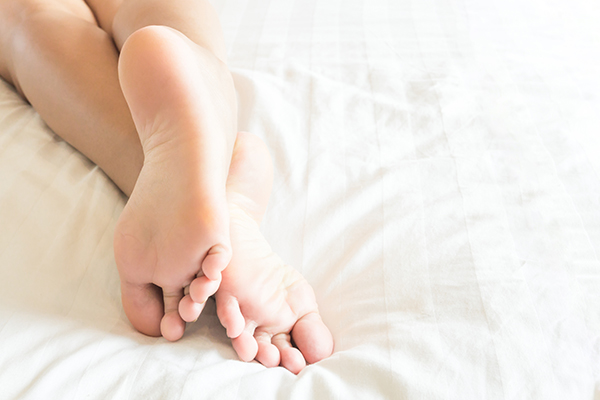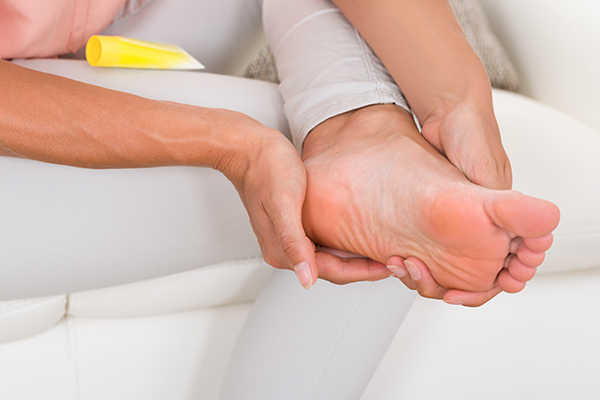March 26th, 2019
Being diabetic comes with a distinct set of challenges and health guidelines. If you suffer from diabetes, you're likely well-versed in some of the restrictions regarding your feet. It is essential that diabetic patients are familiar with a good diabetic foot care routine.
Orthopedic foot and ankle specialists, doctors who specialize in diseases and conditions affecting the feet and ankles, have important information for diabetics. Here are some care tips to help you maintain good foot health throughout your life.

About Diabetes and Foot Health
Diabetes can be very dangerous for your feet. Because diabetes affects several systems in your body, it can decrease your healing response, damage nerves that give you feeling in your feet, and even reduce healthy blood flow.
Sadly, many diabetes sufferers must have their feet amputated due to dangerous infections that won't heal. It's important that you follow the advice from orthopedic foot surgeons. If you've been diagnosed with diabetes, use this advice to change your routine as soon as possible.
Daily Inspections
Check your feet daily. This recommendation cannot be overstated. It should become a part of your daily routine just like brushing your teeth. Your body's pain response may not register injuries, cuts, blisters, redness, swelling, nail problems, and other issues. Check your feet with a magnifying hand mirror. Inspect all sides of your feet and go up to the ankle. Ask someone to assist you if you have trouble reaching your feet.
If you notice a problem, call your doctor right away. You may need to see an orthopedic foot specialist for treatment.

Care and Protection
The following are tips for the care and protection of the diabetic foot:
- Bathe your feet every day in warm water, not hot water. Test the water with your hands before inserting your feet, because your feet may not be able to sense dangerously hot or cold temperatures. Wash your feet gently with a soft washcloth or sponge -- nothing abrasive.
- Cut your nails gently, going straight across. Then, file the edges carefully.
- Use moisturizer on your feet to prevent skin from cracking or itching,but avoid moisturizing between your toes. This area is highly prone to fungal infections so you need to keep it dry.
- Change your socks daily, and always wear clean and dry socks. Wear socks to bed if your feet get cold. You can even buy diabetic socks that are cushioned and moisture-wicking. After exercise, change your socks.
- Before you put on your shoes, shake them out and inspect them. Your feet may not be able to feel pebbles, burrs, or other foreign objects.
- Avoid getting your feet wet other than when you are showering or bathing. Try not to step in puddles or snow and then sit for long periods of time with wet feet.
- Never walk barefoot, even in your own home -- wear house shoes instead. This will prevent scratches and other minor injuries to your feet.
- Avoid smoking. This can reduce blood flow to your feet.
Learn more about problems that can stem from a diabetic foot, including common symptoms and treatment options.
Expert Care
Finally, you should see an orthopedic ankle specialist or foot specialist regularly – perhaps a foot and ankle orthopedic surgeon in Atlanta. They can supervise your foot health and provide individualized care to protect your feet. If you have any problems or complications, they can provide therapy, nerve treatments, and more. Contact OrthoAtlanta today to learn more about the diabetic foot care they provide.
Back






